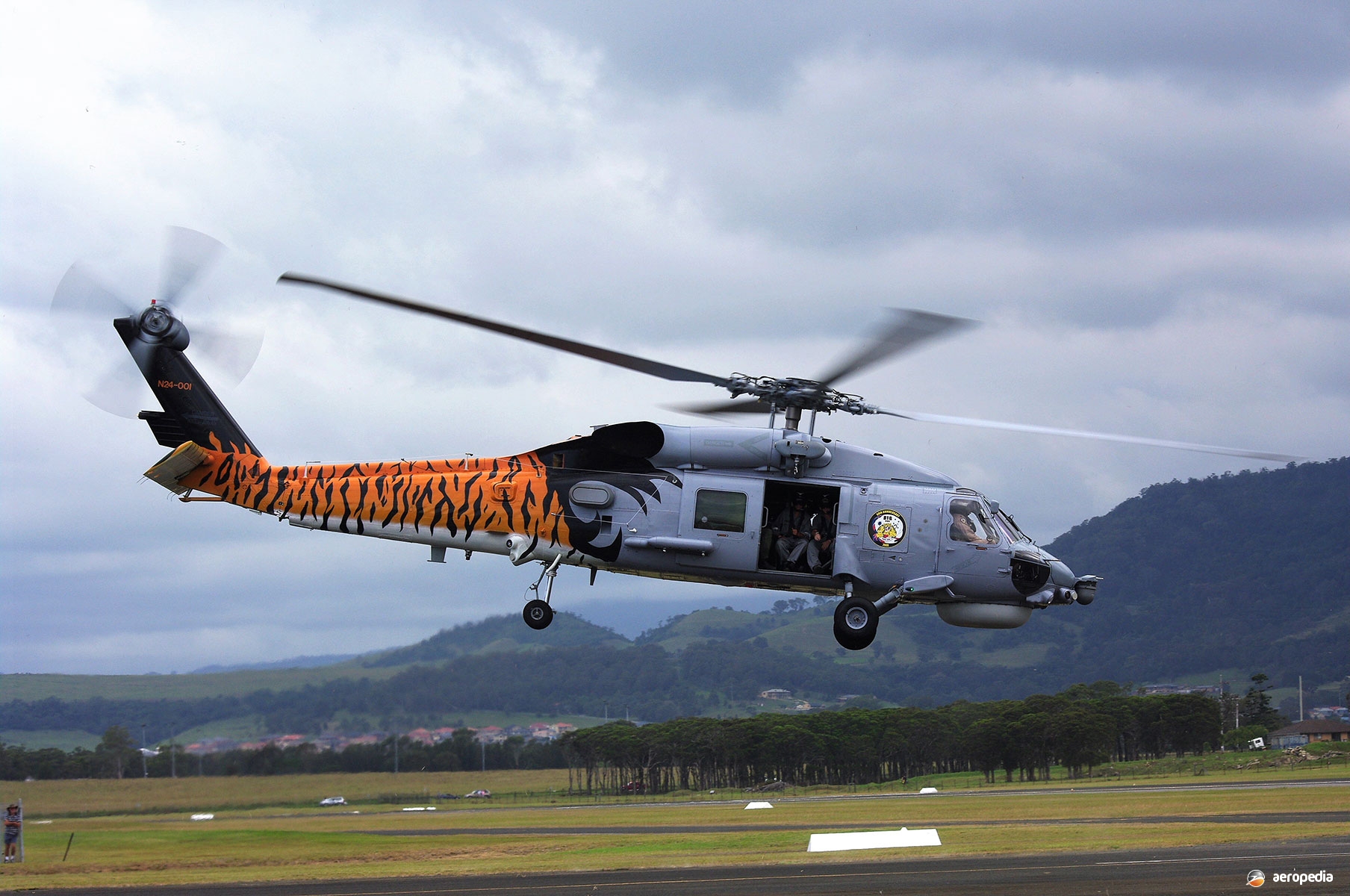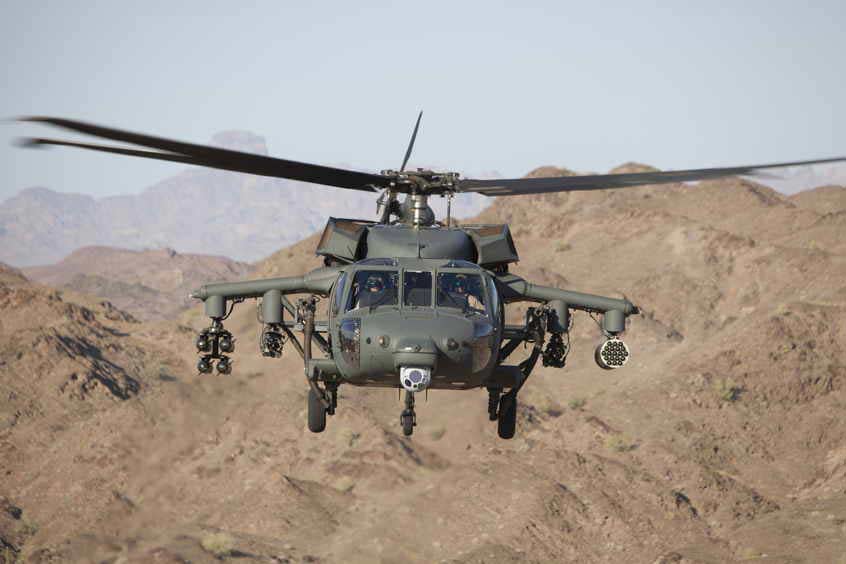A Take a look at the Sikorsky S 70's Function in Armed forces and Civil Aviation
A Take a look at the Sikorsky S 70's Function in Armed forces and Civil Aviation
Blog Article
High-Performance Multi-Role Rotorcraft Featuring Advanced Cabin Technologies and Integrated Sensing Unit Solutions
The realm of rotorcraft technology has actually seen significant improvements in current times, particularly in the realm of high-performance multi-role rotorcraft furnished with sophisticated cockpit technologies and perfectly integrated sensing unit systems. These developments have not only enhanced the operational abilities of rotorcraft yet have additionally significantly impacted modern-day aviation procedures on various fronts. From boosted goal convenience to boosted operational effectiveness, the convergence of sophisticated cockpit innovations and incorporated sensing unit systems has actually ushered in a brand-new era of possibilities for rotorcraft applications. In the complying with conversation, we will certainly check out the advancement of rotorcraft modern technology, look into the realm of innovative cabin technologies, and check out the ramifications of integrated sensing unit systems on the functional versatility and effectiveness of contemporary rotorcraft.
Evolution of Rotorcraft Innovation
The evolution of rotorcraft innovation has actually been noted by substantial advancements in the rules of aerodynamics, products, and propulsion systems, forming the capacities and performance of modern-day rotorcraft. Furthermore, improvements in propulsion systems, including a lot more effective engines and innovative propulsion technologies, have actually made it possible for rotorcraft to accomplish higher elevations, faster speeds, and greater payloads.
These innovations have not only changed the capacities of rotorcraft however have actually additionally expanded their applications throughout various industries, consisting of military, commercial, and emergency situation services. The continual development of rotorcraft modern technology continues to drive development in the field, pushing the boundaries of what is feasible and shaping the future of upright trip.
Advanced Cabin Innovations
Building upon the fundamental advancements in aerodynamics, materials, and propulsion systems, the realm of rotorcraft technology currently changes focus in the direction of pioneering Advanced Cabin Innovations. The combination of innovative technologies within the cockpit environment plays a crucial function in boosting the operational abilities, security, and efficiency of modern-day rotorcraft. sikorsky s 70. Advanced Cabin Innovations incorporate a large selection of functions developed to give pilots with boosted situational recognition, structured information management, and instinctive control interfaces
Among the essential innovations in cockpit layout is the implementation of glass cabins, which replace standard analog gauges with high-resolution displays. These electronic systems offer customizable formats, real-time information assimilation, and enhanced readability, allowing pilots to access important info at a look. Moreover, advanced avionics systems, such as fly-by-wire controls and enhanced reality display screens, are transforming just how pilots connect with the aircraft, enabling for accurate control and enhanced decision-making abilities.


Integrating advanced cabin innovations not only boosts pilot performance but additionally adds to general objective performance and safety in complex operational settings. By leveraging advanced innovations within the cockpit, rotorcraft producers are establishing brand-new standards for functional excellence and objective success.
Integrated Sensor Equipments
With the development of rotorcraft technology, the combination of advanced Integrated Sensing unit Equipment has actually ended up being paramount in improving functional performance and security. These Integrated Sensing unit Equipments include a wide range of innovations that give vital data for numerous functions such as navigating, monitoring, targeting, and ecological surveillance. By perfectly integrating sensing units like radars, cameras, lidar, and infrared systems into rotorcraft, operators can profit from boosted situational awareness, improved mission abilities, and lowered pilot workload.
One key advantage of Integrated Sensor Systems is their capability to gather real-time information and offer workable understandings to pilots and goal drivers. Progressed radar systems can spot and track targets over long ranges, enabling their website for early threat discovery and efficient action preparation. Additionally, integrating infrared and electro-optical cams allows rotorcraft to perform reconnaissance and monitoring missions with precision and accuracy.
Essentially, the assimilation of cutting-edge sensor modern technologies right into rotorcraft not just improves functional performance but likewise contributes substantially to overall mission success and team safety and security. As rotorcraft remain to progress, the role of Integrated Sensing unit Equipment will most certainly stay at the center of technology in the aerospace industry.
Functional Convenience and Effectiveness
Enhancing operational adaptability and effectiveness in rotorcraft is an all-natural development from the integration of advanced Integrated Sensor Solutions. By leveraging the data and understandings provided by these cutting-edge sensing unit systems, rotorcraft can maximize their efficiency across numerous objectives and atmospheres.
Operational versatility encompasses the ability of rotorcraft to adapt to various functions and circumstances successfully. With sophisticated cabin technologies and integrated sensing unit systems, rotorcraft can perfectly shift between tasks such as search and rescue, clinical emptying, security, and a lot more. This flexibility enhances the rotorcraft's ability to meet diverse operational requirements without needing extensive reconfiguration.
Performance in rotorcraft operations is important for making best use of objective performance and resource use. Integrated sensor systems play a crucial duty in boosting functional efficiency by supplying real-time data on climate condition, terrain mapping, target monitoring, and more. This data enables pilots to make informed choices swiftly, enhance trip paths, save fuel, and boost overall objective efficiency.
Effect On Modern Aeronautics Procedures

Moreover, the assimilation of sophisticated sensing units assists in boosted goal preparation and implementation, making it possible for rotorcraft to carry out a vast array of tasks with improved precision. From search and rescue procedures to aerial firefighting and regulation enforcement objectives, the abilities of modern-day rotorcraft geared up with innovative cockpit modern technologies and integrated sensor systems are unmatched.
Furthermore, the impact of these developments expands past functional efficiency to cost-effectiveness and sustainability. By maximizing trip paths, fuel consumption, and maintenance timetables, high-performance rotorcraft furnished with advanced cabin innovations and sensors add to minimizing operational expenses and ecological influence, making them indispensable assets in contemporary air travel procedures.
Verdict
To conclude, the high-performance multi-role rotorcraft with innovative cabin modern technologies and incorporated sensing unit systems represents a considerable development in air travel modern read the full info here technology. These developments boost operational flexibility and performance, inevitably influencing modern air travel procedures in a favorable means. The integration of these advanced innovations permits boosted capacities and efficiency in various goal situations, showcasing the continued advancement of rotorcraft innovation in the aviation sector.
The world of rotorcraft modern technology has seen noteworthy developments in current times, specifically in the realm of high-performance multi-role rotorcraft outfitted with sophisticated cabin technologies and effortlessly integrated sensor systems. blog here From boosted objective convenience to improved operational effectiveness, the convergence of sophisticated cabin modern technologies and incorporated sensor systems has actually ushered in a brand-new period of possibilities for rotorcraft applications. In the complying with discussion, we will explore the advancement of rotorcraft technology, dive into the realm of innovative cabin advancements, and check out the ramifications of integrated sensing unit systems on the operational flexibility and efficiency of modern-day rotorcraft.

Report this page